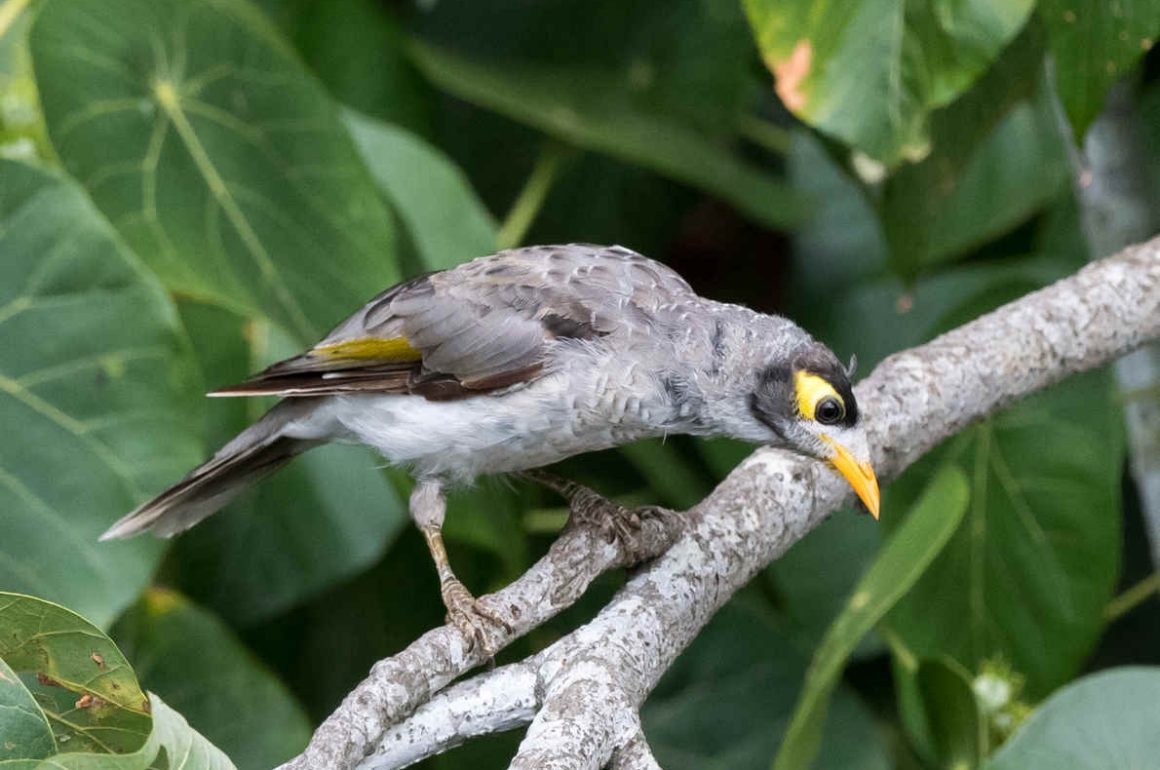
By Sanjana Raj
Sanjana grew up in Uganda and lived in South Africa, Malaysia, and the Netherlands before settling down in Melbourne, Australia. She’s a very new birder and got into it due to her partner’s influence. They often go looking for birds with their toddler, who corrects her when she misidentifies a bird call. Outside of enjoying birds, Sanjana works as a psychologist, writes about cooking, and anything else she can.
I moved to a new home in Melbourne a few months ago. The window in my study overlooks a porch covered in wisteria with ample space for birds to perch, and it is surrounded by eucalyptus trees. I was looking forward to the variety of birdlife that I might see in this new, very green space. But three out of four times, I hear a rustle or a call and behold, it is a Noisy Miner. Possibly the same one I saw that morning and the afternoon before.
I became particularly annoyed one day as I noticed the Noisy Miners drive away a glorious King Parrot from the porch, and I couldn’t help but cheer on another day, when four King Parrots took over the porch and did not cave in to the Noisy Miners, who brought added muscle with them. Two rival gangs (Noisy Miners and Indian Mynas) regularly shriek at each other over opposite ends of the carport, which is perfect when I have a Zoom meeting for work.
My life was really being impacted. So, I had to find out. What was up with these thuggish songbirds, and where were all the other birds?
Noisy Miners are a ubiquitous sight (and sound) in suburban parts of Eastern Australia, even for those who might not know their name. They are often mixed up with Indian Mynas (a non-native species). Noisy Miners are in the honeyeater family of birds. They’re typically a cool shade of gray, with a black head, a bright yellow patch on the eye, and a yellowish-orange beak. As the name suggests, you’ll hear them often.
Despite being an endemic species, they’re also surprisingly an invasive one. Noisy Miners are known for driving out more vulnerable species and being extremely territorial with pack-like behavior. It’s not an uncommon sight to see Noisy Miners screech and flap at other birds that are politely minding their own business. Noisy Miners are now considered a pest and a threat to the environment in Australia in the same way as foxes or weeds are.
In some cities, their numbers have reportedly tripled since the 1970s. This has been attributed to the increasing rates of woodland clearance for human development, particularly the removal of low-level shrubbery in urban areas. Noisy Miners have thrived in this changing environment, and several other previously common birds (particularly small species, e.g., other honeyeaters) are rarer sights. Conversations around the controlled culling of Noisy Miners and how that could protect other bird species continue to take place.
I am not used to disliking a bird. I aim to take sides in the avian Game of Thrones by planting dense shrubbery to encourage other birds to visit. I will continue to cheer for the other birds that one-up the Noisy Miner. I can, however, thank Noisy Miners for giving me a new way of looking at the birds around me and the dynamic relationships they share with each other.



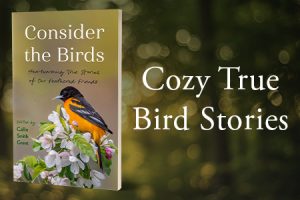


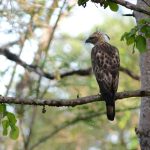
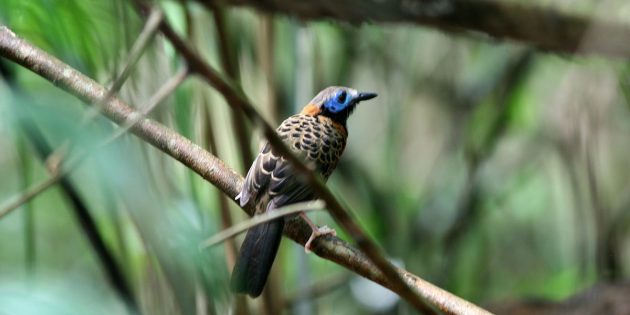
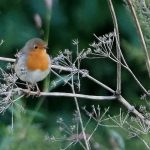
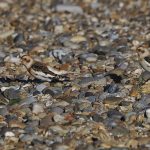
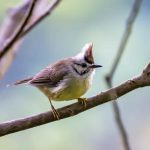


Noisy Miners are so Australian! Wonderful post, please write more about Australian birds. Absolutely adored reading this piece.
I know next to nothing about Australian birds, so I also found this post delightful. At first I thought “noisy” was being used as a behavioral adjective. No, this is the birds’ common name! No doubt, secondary to its behavior? While I would like to to go Australia for birding, I need to face fact that this may never happen. Agree, more posts from Australia.
I read up a bit on Miners (Where Song Began by Tim Low) – turns out they bully other birds out of the garden… Still want to learn more about Australian birdlife, the book whetted my appetite even more